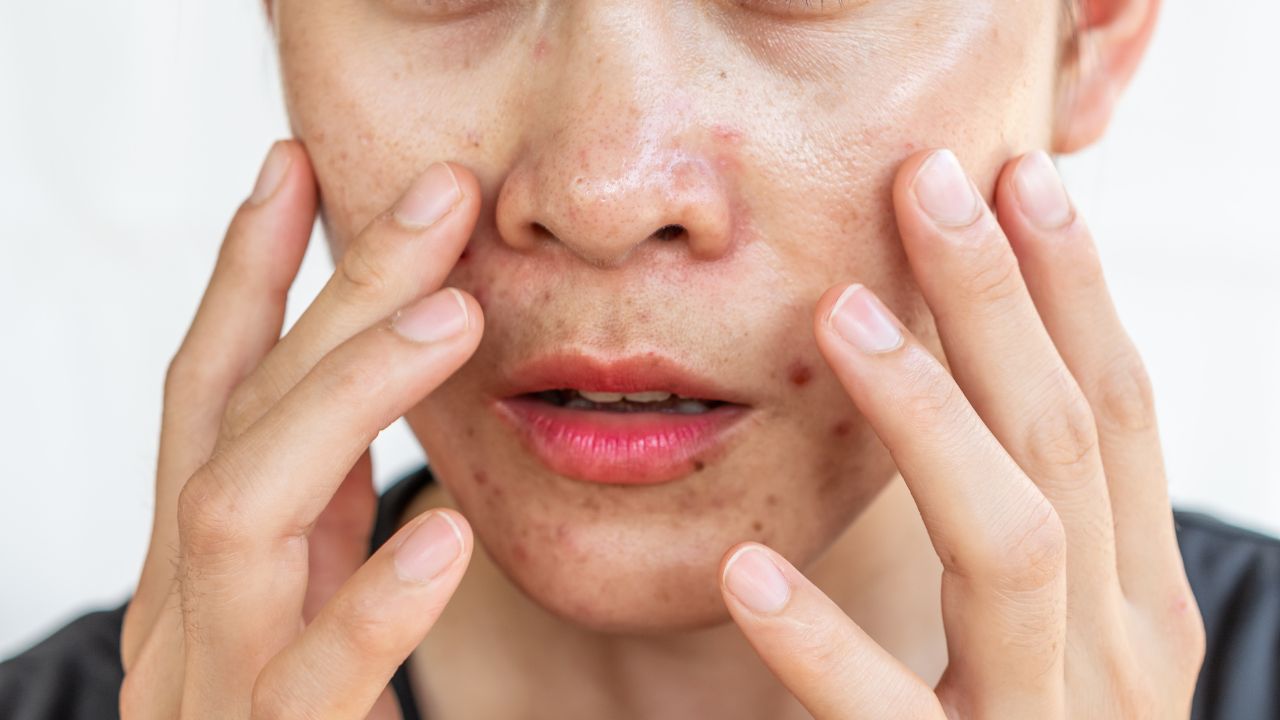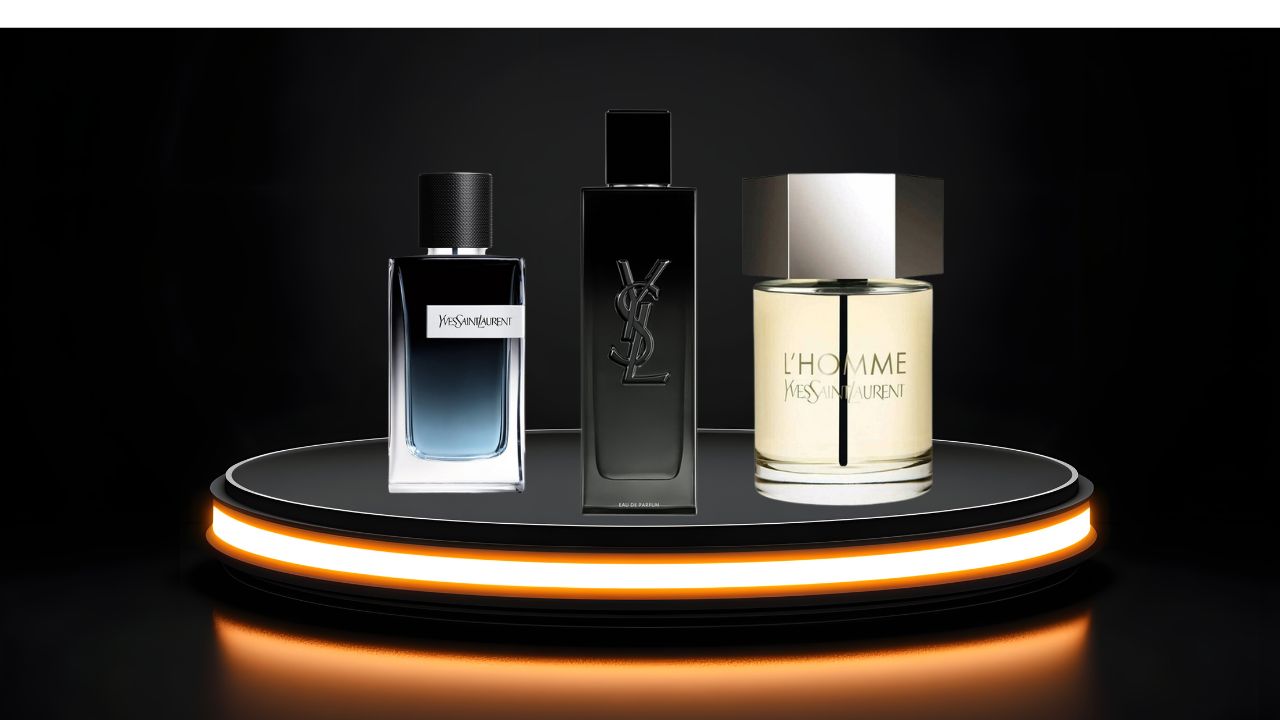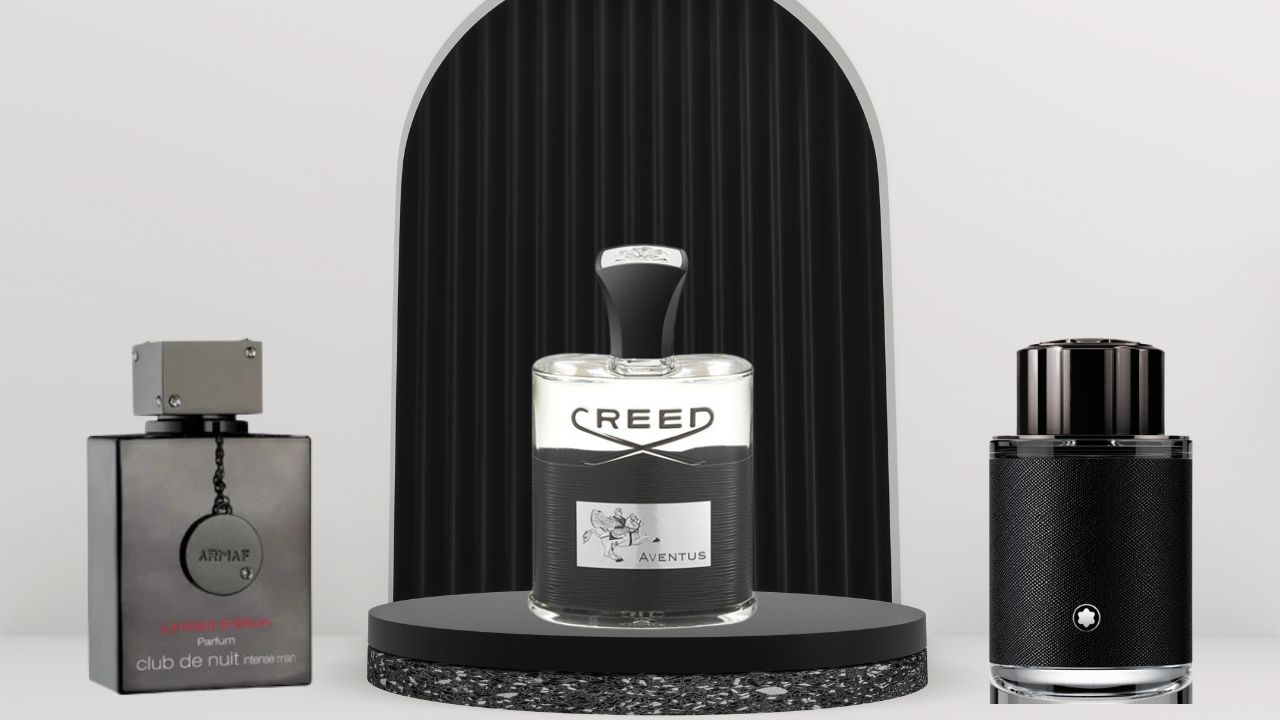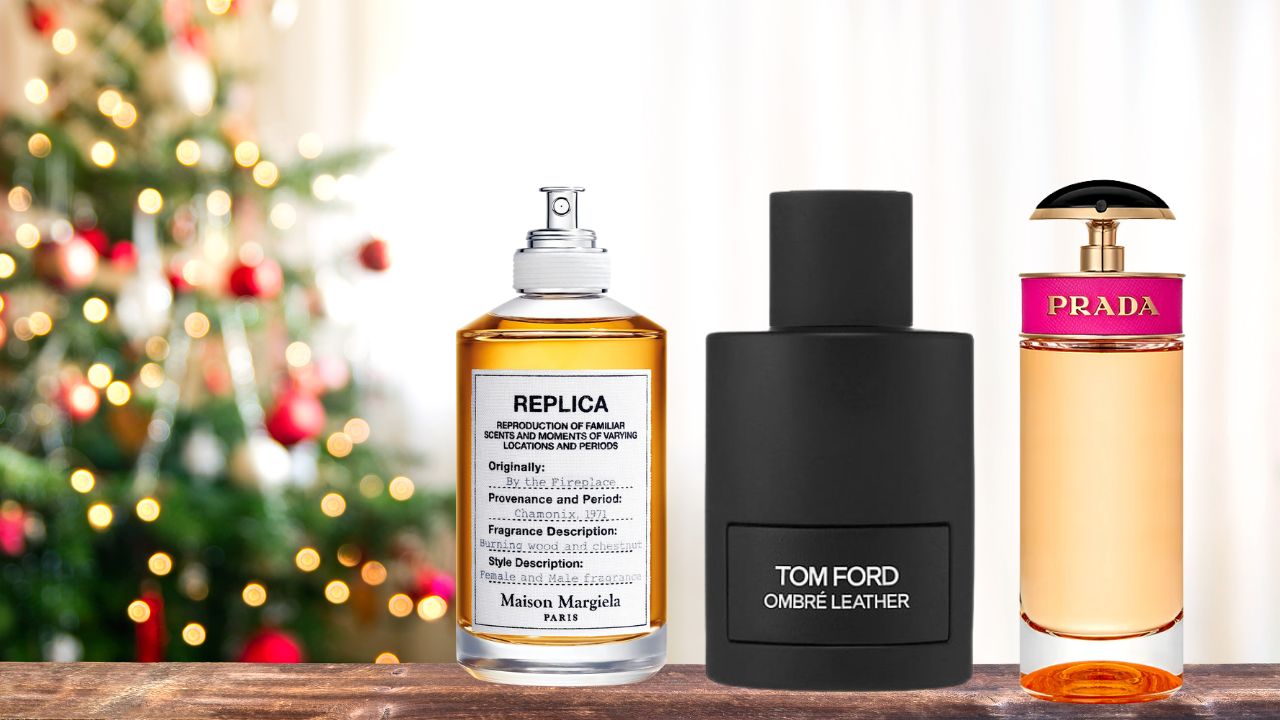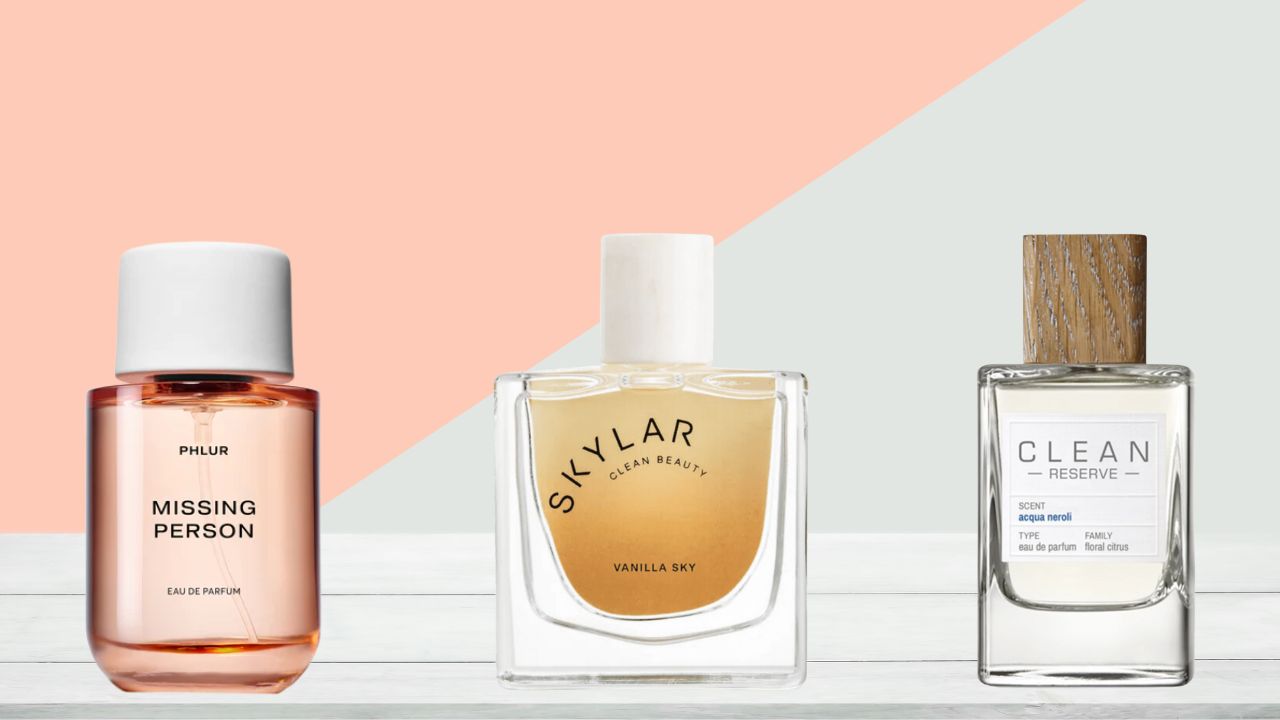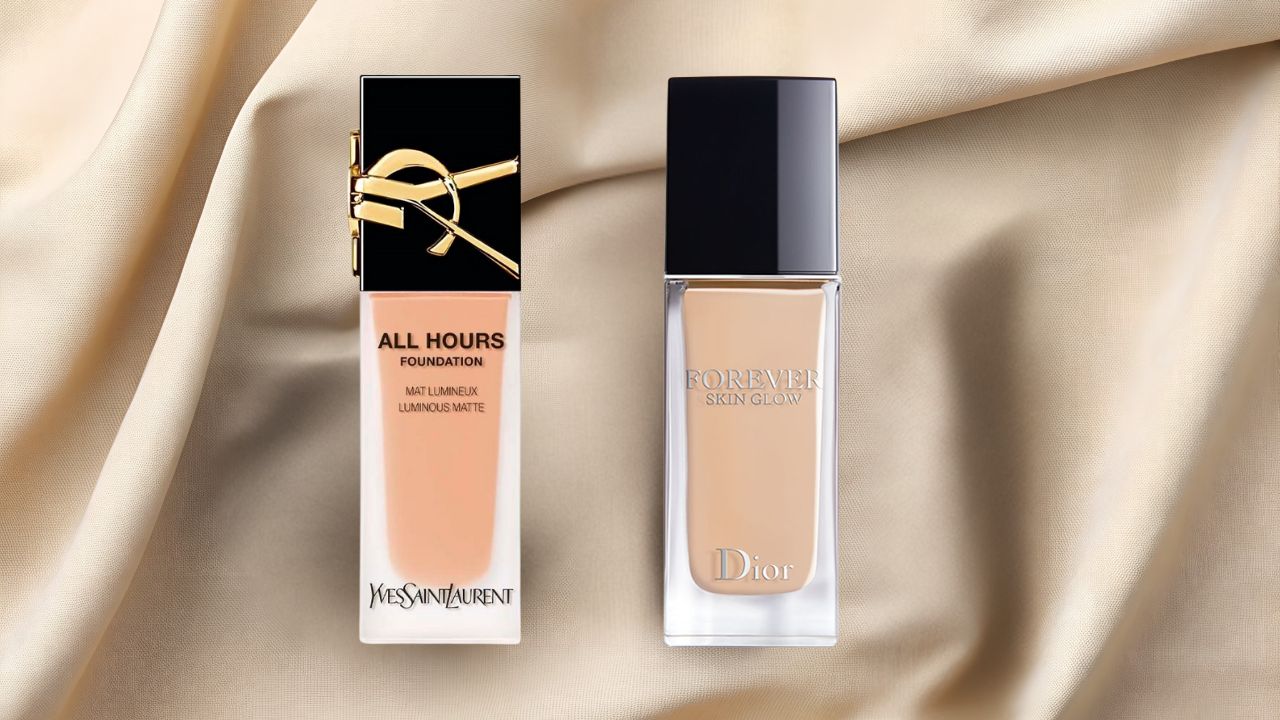Blog
Home / Beauty, Hair & Skin Care / How to Get Rid of Oily Skin: Top Tips and Products
Categories
Recent Posts
- Best YSL Perfumes for Men in 2026: The Definitive Guide
- Affordable Christmas Perfume Gifts That Actually Feel Luxurious
- The Definitive Guide to Perfumes That Smell Like Creed Aventus: Luxury Scents Without the Luxury Price Tag
- Perfume Advent Calendars: 12 Days of Niche Scents
- Christmas Makeup Ideas: Your Guide to Festive Glamour That Actually Works
Tired of that mid-day shine takeover? If your skin constantly feels greasy or your makeup slides off by lunch, you’re likely dealing with oily skin. But don’t worry—it’s totally manageable.
This guide breaks down exactly how to get rid of oily skin with smart skincare tips, proven ingredients, and products that actually work. Whether your oiliness is caused by genetics, hormones, or the weather, we’ve got clear, expert-backed solutions.
Let’s get your glow under control—minus the grease.
What Causes Oily Skin?
Let’s be real—nobody wakes up hoping their T-zone shines brighter than their highlighter. But before you battle the shine, it helps to know why your skin is oilier than a slice of New York pizza.
Genetics and Hormonal Influence
If oily skin runs in your family, chances are your sebaceous glands are genetically programmed to work overtime. Puberty, periods, pregnancy, or starting (or stopping) birth control? Yep, hormones can dial oil production way up. Testosterone, in particular, stimulates those oil glands, which is why teens and adult women often notice a spike in skin slickness during hormonal swings.
Environmental Factors and Weather
Live somewhere hot and humid? Your oil glands are partying. High temps = more sweat and sebum. Cold, dry weather can also trick your skin into overproducing oil to compensate for lost moisture. The takeaway? Location matters.
Skincare Habits and Product Misuse
Ironically, trying too hard to de-grease your skin can make things worse. Harsh scrubs, alcohol-heavy toners, and skipping moisturizer can trigger your skin to pump out even more oil. Think of your skin like a stressed-out roommate—overdo it, and it’ll overreact.
Signs Your Skin is Producing Too Much Oil
Wondering if you’re in oily skin territory or just having a greasy moment?
- Shiny Appearance by Midday – if your foundation starts melting off by lunch, and blotting papers become your bestie, that’s a telltale sign.
- Enlarged Pores – oily skin often comes with large, visible pores—especially around the nose, forehead, and cheeks. That’s because excess oil stretches them over time.
- Frequent Breakouts or Acne – oily skin doesn’t cause acne, but it creates the perfect breeding ground for breakouts. Excess sebum can trap dirt and bacteria in your pores—cue the pimples.
Daily Skincare Routine
Ready to build a skincare routine that keeps excess shine under control without leaving your skin feeling tight or stripped? The secret is consistency and choosing products that balance hydration with oil regulation. This simple yet effective blueprint will help you achieve clear, smooth, and healthy-looking skin every day.
1. Cleanser
Cleansing is the foundation of any skincare routine—especially for oily or combination skin. Start and end your day with a gentle gel or foaming cleanser that lifts away oil, dirt, and impurities without disrupting your skin’s natural barrier. Look for ingredients like salicylic acid, which helps unclog pores and control sebum production, or tea tree oil, known for its antibacterial properties. Avoid bar soaps or creamy cleansers since they tend to be too rich and can clog pores, making oily skin worse over time.
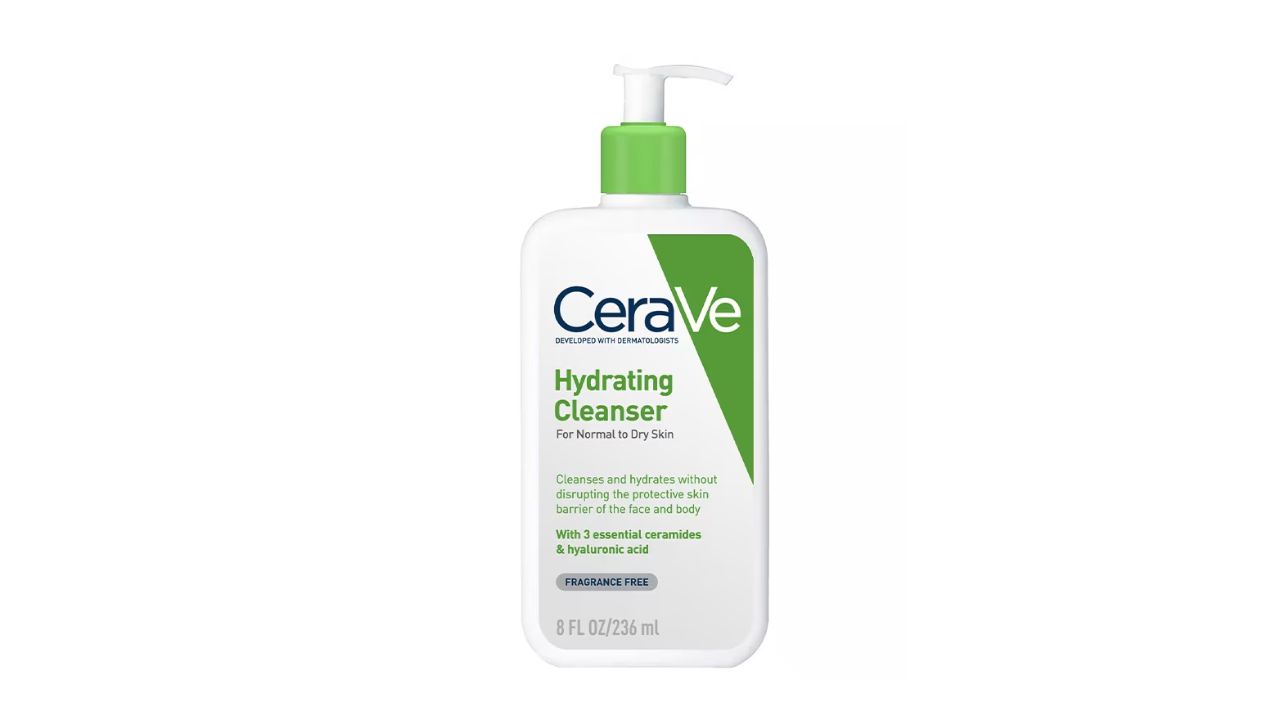
2. Toner
Forget those harsh, alcohol-heavy toners from the early 2000s that left your skin squeaky and irritated. Modern toners are all about balance and refinement. Opt for formulas with witch hazel to minimize the appearance of pores, niacinamide to regulate oil production, or PHA (polyhydroxy acids) for gentle exfoliation that smooths skin texture. Toners help your moisturizer and treatments absorb better while providing that refreshed, clean-skin feel—without over-drying.
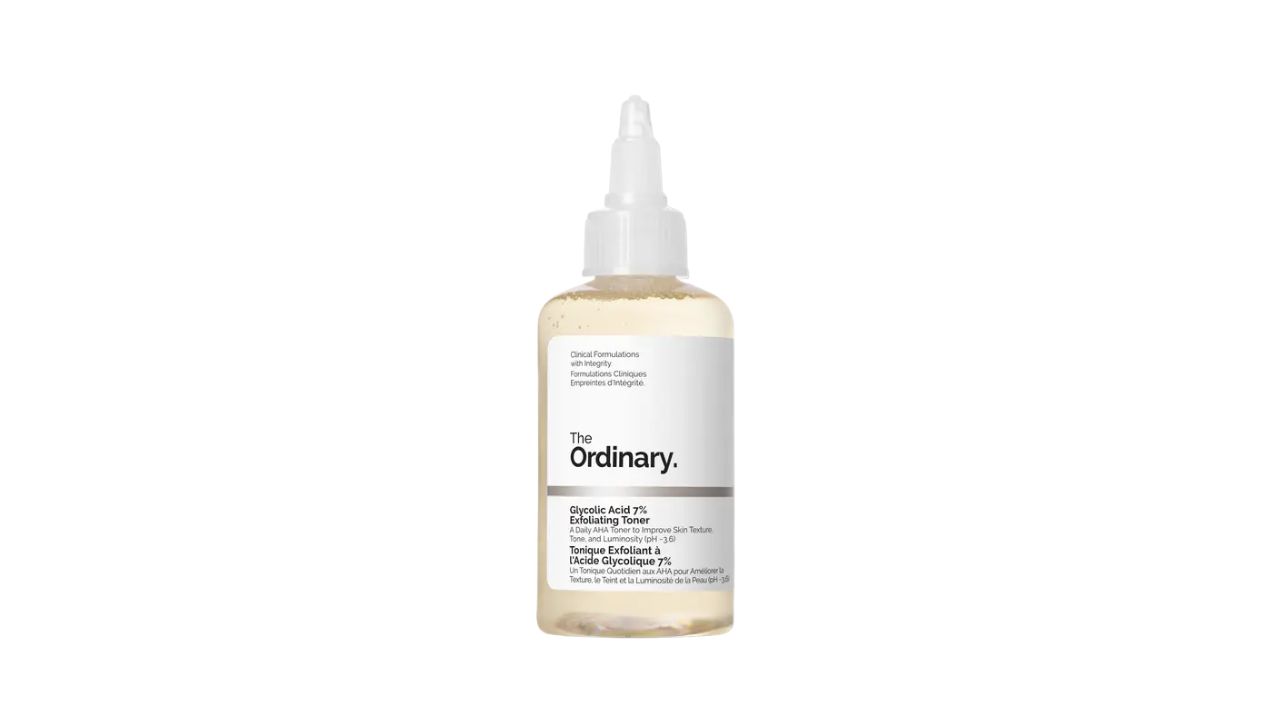
3. Moisturizer
Yes, even oily skin needs moisture—skipping it is one of the biggest mistakes you can make. When your skin feels dehydrated, it actually compensates by producing more oil, which leads to even shinier skin and more breakouts. Look for lightweight gel moisturizers that deliver hydration without heaviness. Key ingredients like hyaluronic acid and glycerin draw water into the skin, while ceramides strengthen your barrier. Always make sure your moisturizer is labeled “non-comedogenic” to avoid clogging pores.
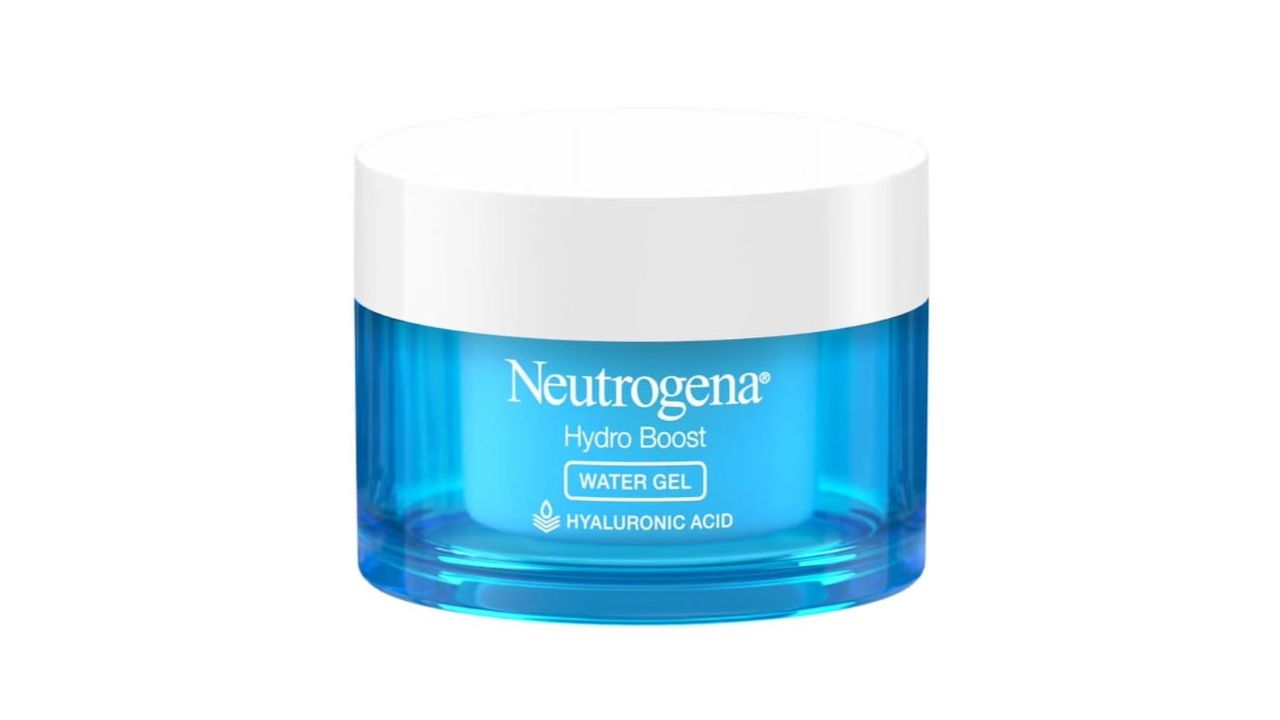
4. Sunscreen
The final and most important step—never skip sunscreen. UV exposure doesn’t just cause premature aging; it can also worsen oil production and trigger post-acne dark spots. The key is finding a formula that protects without greasiness. Opt for gel-based or mineral sunscreens that offer broad-spectrum protection and a lightweight finish. Look for zinc oxide or niacinamide in the ingredients list—they calm inflammation and keep shine at bay.
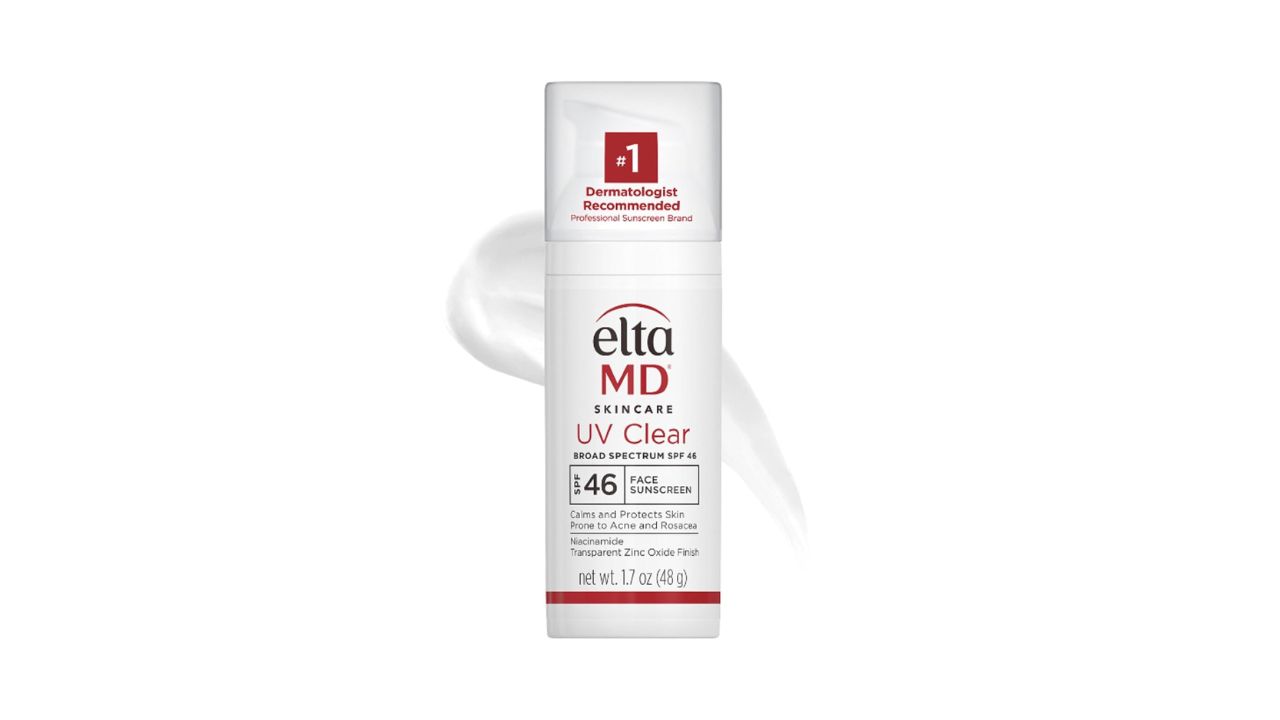
Weekly Treatments
Beyond your daily routine, incorporating weekly treatments can help keep oil production balanced and pores clear. These extras aren’t daily essentials—but when used consistently, they elevate your results and keep your complexion refined and healthy.
1. Clay and Charcoal Masks
Clay and charcoal masks are the unsung heroes of oily skin care. They work like magnets to pull out dirt, sebum, and impurities from deep within your pores. When used once or twice a week, they leave your skin noticeably cleaner, smoother, and less shiny. However, overdoing it can backfire—too frequent use may strip your skin, prompting it to produce more oil. After rinsing off your mask, always follow with a hydrating moisturizer to restore balance.
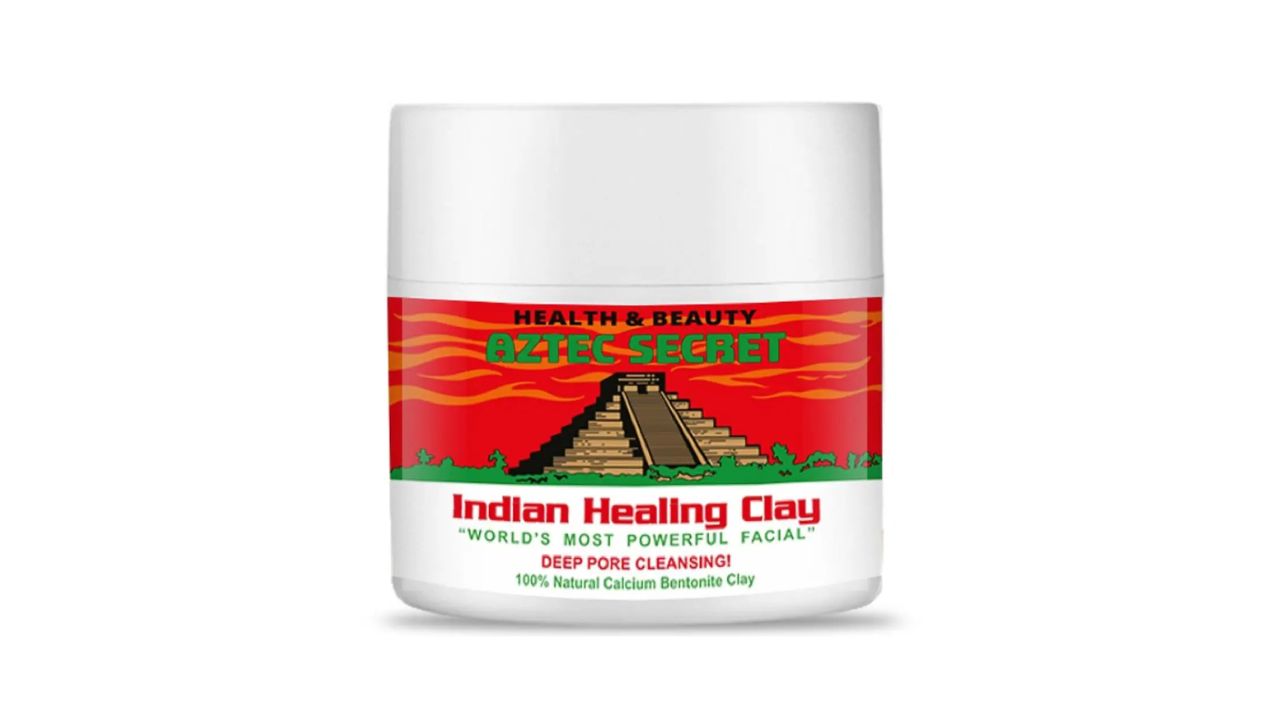
2. Exfoliant
Regular exfoliation is key to preventing buildup that leads to clogged pores and dullness. Choose a chemical exfoliant with BHAs (like salicylic acid), which penetrate deep into pores to dissolve excess oil and debris. Avoid harsh physical scrubs—they can cause tiny tears in the skin and lead to inflammation or irritation. Gentle exfoliation 2–3 times per week keeps your skin smooth, radiant, and more receptive to other products.
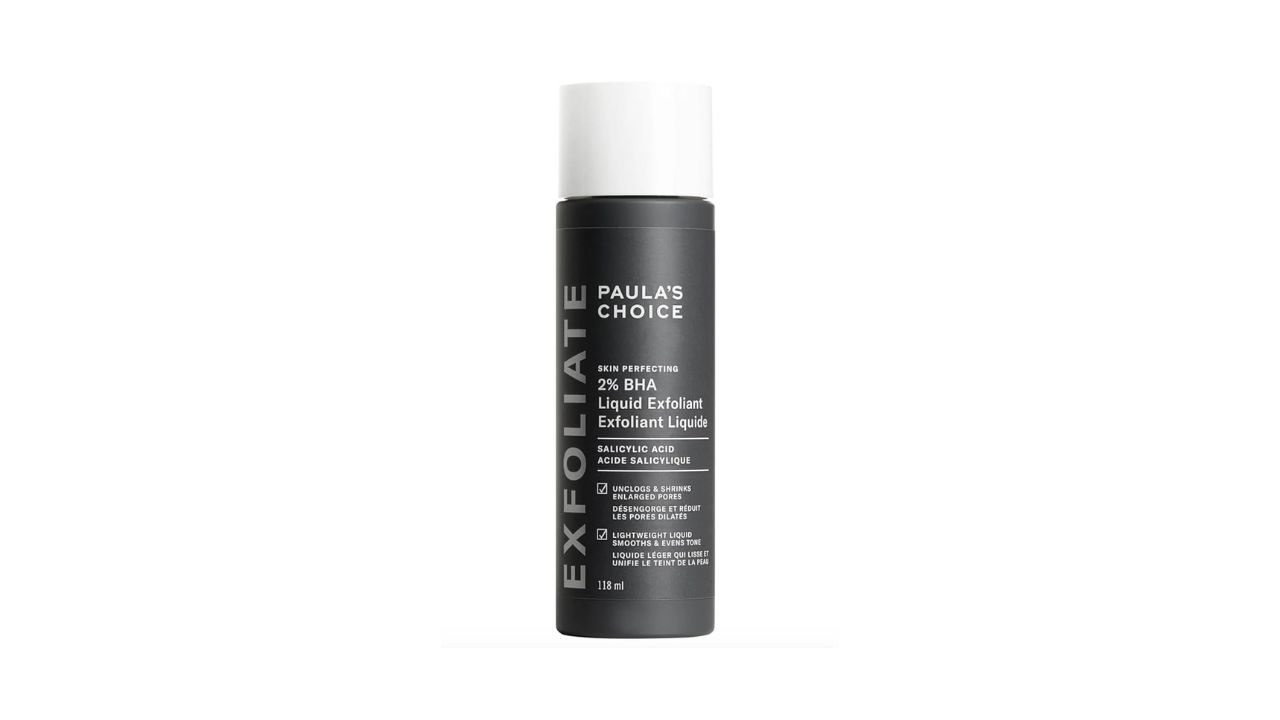
3. Pore Strips
Pore strips can be oddly satisfying, but they’re not a miracle solution. They lift surface-level debris from your pores, giving a temporary clean look, but they don’t prevent new buildup. Use them sparingly—no more than once every couple of weeks—and follow up with a soothing toner or serum to calm your skin. Think of them as a quick fix, not a core step in your oily skin care routine.
Dermatologist-Approved Ingredients That Help
When it comes to oily skin, guessing games and random product trials often make things worse. Instead, turn to ingredients that dermatologists actually recommend—formulas backed by science and proven to regulate sebum, refine texture, and restore balance. These tried-and-true actives are the foundation of every effective oily skin routine.
Salicylic Acid and Niacinamide
If oily skin were a villain, salicylic acid would be the superhero—with niacinamide as its equally powerful sidekick.
Salicylic acid, a beta hydroxy acid (BHA), works deep inside your pores to dissolve trapped oil, clear blackheads, and prevent future breakouts. Unlike surface-level exfoliants, it targets the root cause of oil buildup by keeping pores unclogged and reducing inflammation. Regular use helps refine skin texture and reduce shine without irritation.
Niacinamide (Vitamin B3) complements salicylic acid perfectly. It soothes redness, strengthens your skin barrier, and minimizes the look of large pores. Most importantly, it regulates sebum production, keeping your complexion balanced and matte—without that uncomfortable tightness. When used together, this duo helps oily skin look smoother, calmer, and naturally fresh.
Retinol
Retinol isn’t just for fine lines or anti-aging—it’s also a game-changer for oily and acne-prone skin. By boosting cell turnover, retinol helps clear clogged pores, fade post-acne marks, and gradually reduce excess oil production. Over time, it also helps refine skin texture, leaving your complexion smoother and more even-toned.
However, retinol is a long game. Start slowly (two nights a week) and gradually increase frequency as your skin adjusts. Always apply a nourishing moisturizer afterward and wear broad-spectrum SPF daily, as retinol increases sun sensitivity. With patience and proper use, retinol can transform oily, uneven skin into a clearer, more refined canvas.
Sulfur and Zinc
Meet the unsung heroes of oil control: sulfur and zinc. These minerals may not get as much attention as acids or retinol, but they work quietly—and effectively—to reduce oil and inflammation.
Sulfur has natural antibacterial and oil-absorbing properties, making it a fantastic spot treatment for acne-prone or congested skin. It clears out pores, reduces surface oil, and helps calm active breakouts.
Zinc PCA, on the other hand, helps balance sebum production and strengthens the skin’s defense against bacteria. It’s particularly effective for combination skin, where certain areas get greasy while others stay dry. Together, sulfur and zinc keep your skin clear, balanced, and irritation-free.
Natural Remedies
Mother Nature has a few skincare secrets that can support oily skin—if used correctly. While natural doesn’t always mean gentle, these ingredients can help calm inflammation, tighten pores, and rebalance your complexion when used with care.
Apple Cider Vinegar (ACV)
Apple cider vinegar is a powerful natural astringent and antibacterial agent that can help reduce oil buildup and acne-causing bacteria. When diluted (one part ACV to three parts water), it can be used as a mild toner to refresh and clarify your skin. However, its acidity makes it strong—so always do a patch test first and never apply it undiluted. Used sparingly, ACV can help restore your skin’s pH and keep shine under control.
Aloe Vera
Aloe vera is the ultimate multitasker for oily skin. Naturally soothing, hydrating, and slightly astringent, it provides moisture without clogging pores. It also helps reduce redness and inflammation, especially after sun exposure or acne flare-ups. Use pure aloe vera gel—either fresh from the plant or a fragrance-free store-bought version—for a lightweight moisturizer that cools, calms, and balances your skin.
Green Tea and Witch Hazel
Green tea is packed with antioxidants that fight free radicals and calm inflammation. When applied topically, it helps minimize oil production and reduce redness. Brew a cup, chill it, and spritz it on your face throughout the day for a refreshing, oil-controlling boost. Witch hazel, especially the alcohol-free kind, acts as a natural toner. It tightens pores, reduces shine, and soothes irritation without stripping your skin. Used together, green tea and witch hazel make a powerful combo for maintaining a matte, healthy glow.
Pro tip: Natural doesn’t always mean gentle. Test and tweak until you find what works for your skin.
Lifestyle Tweaks That Make a Difference
Skincare is only half the battle—your daily habits also play a major role in how your skin behaves. By adjusting your lifestyle, you can help your skin stay balanced, resilient, and healthy from the inside out.
Diet
What you eat can directly influence oil production. Diets high in sugar, refined carbs, and dairy are linked to increased sebum and inflammation. Focus on skin-friendly foods like leafy greens, omega-3-rich salmon, avocados, nuts, and antioxidant-packed berries. These nourish your skin, regulate hormones, and promote a more balanced complexion.
Stress Reduction
When stress levels rise, your body releases cortisol—a hormone that triggers oil production. Chronic stress can lead to more breakouts, dullness, and overall imbalance. Incorporate stress-reducing activities like yoga, journaling, deep breathing, or even short walks. A calm mind supports calm skin, and the difference shows.
Hydration
It may sound counterintuitive, but oily skin needs hydration too. When your skin is dehydrated, it overcompensates by producing more oil to stay moisturized. Aim to drink at least 8 glasses of water per day and eat water-rich foods like cucumber, watermelon, and celery. Proper hydration helps regulate oil production and keeps your skin looking fresh and supple.
Bring Balance Back to Your Skin
Oily skin isn’t something to fight—it’s something to understand and balance. With the right dermatologist-approved ingredients, smart natural remedies, and mindful daily habits, you can train your skin to stay clear, calm, and comfortably matte. The goal isn’t to remove oil entirely, but to help your skin work with you, not against you.
By focusing on consistent care, hydration, and lightweight yet effective formulations, you’ll start to notice fewer flare-ups and a smoother, more refined texture. From targeted actives like salicylic acid and niacinamide to lifestyle changes that support long-term skin health, every choice matters. When your skin is balanced, it looks healthier, feels lighter, and glows naturally—without the unwanted shine.
Discover the best dermatologist-approved skincare for oily skin at Beautinow — a curated range of cleansers, toners, and oil-balancing treatments designed to keep your skin fresh, matte, and healthy all day long.
Why choose Beautinow for your oily skin essentials:
- Guaranteed Authenticity: Every product comes from verified distributors to ensure freshness, safety, and maximum ingredient potency.
- Expertly Curated Selection: Our collection features clinically backed, non-comedogenic formulas made specifically to balance oily and combination skin.
- Complete Care Range: From lightweight moisturizers to clarifying masks, find everything you need to build a dermatologist-approved routine.
- Fresh Stock Promise: We maintain optimal storage and fast inventory turnover to ensure every formula performs exactly as it should.
- Trusted Guidance: Access detailed ingredient breakdowns, expert skincare insights, and personalized recommendations for lasting results.
Healthy skin doesn’t happen overnight—it’s the result of consistency, care, and smart choices. Keep your routine simple but intentional, and let your skin find its natural rhythm. With every cleanse and treatment, you’re not just controlling oil—you’re creating the foundation for long-term clarity and confidence.
Frequently Asked Questions
Q: How can I get rid of oily skin?
A: You can’t completely get rid of oily skin, but you can keep it under control with the right skincare routine. Use a gentle foaming cleanser with salicylic acid or niacinamide to unclog pores, follow with a lightweight oil-free moisturizer, and finish with a matte sunscreen to prevent shine. Consistent exfoliation once or twice a week and oil-absorbing masks can help reduce buildup, keeping your skin clear, smooth, and balanced all day.
Q: Is it possible to remove oily skin permanently?
A: No, oily skin can’t be removed permanently because it’s influenced by genetics and hormones, but it can be managed effectively. With a consistent skincare routine that includes oil-control cleansers, retinol, and niacinamide, you can reduce excess sebum and refine skin texture over time. The goal isn’t to eliminate oil completely but to maintain a healthy balance for a clear, matte complexion.
Q: How often should I wash oily skin?
A: Dermatologists recommend washing twice daily—in the morning and before bed—to prevent buildup without stripping your skin. Over-washing can trigger rebound oil production, so stick to a pH-balanced, sulfate-free cleanser that removes dirt and excess sebum while preserving moisture. If you sweat during workouts or live in humid conditions, a gentle midday cleanse or blotting papers can keep your skin fresh and shine-free.
Related posts
Best YSL Perfumes for Men in 2026: The Definitive Guide
In the hushed corners of Parisian perfumeries, where light filters through crystal bottles and conversation turns to notes of vetiver a...
Affordable Christmas Perfume Gifts That Actually Feel Luxurious
There's something inherently intimate about gifting fragrance—it's a gesture that says you've paid attention, that you understand someo...
The Definitive Guide to Perfumes That Smell Like Creed Aventus: Luxury Scents Without the Luxury Price Tag
There's a certain magnetism to walking into a room wearing the right fragrance. It's not loud, it's not desperate—it's simply there, co...
Perfume Advent Calendars: 12 Days of Niche Scents
There's something quietly revolutionary happening in the world of fragrance, and it arrives in December wrapped in numbered boxes. Forg...
Christmas Makeup Ideas: Your Guide to Festive Glamour That Actually Works
Picture this: You're getting ready for the season's most anticipated gathering, and you're faced with the same tired holiday makeup dil...
Perfumes That Smell Like Christmas: Your Guide to Festive Fragrance Magic
There's something almost alchemical about the way certain fragrances can transport you instantly to a snow-dusted evening in December, ...
Perfume for Sensitive Skin That Won’t Cause Allergies: The Essential Guide to Scent Without Irritation
There's a particular kind of disappointment that comes with finding a fragrance you love, only to discover hours later that your skin h...
10 of the Classic Perfumes That Never Go Out of Style: The Timeless Fragrances That Define Elegance
In the hushed elegance of a Parisian boutique, where crystal flacons catch the afternoon light like precious jewels, something remarkab...
Perfumes with the Most Beautiful Bottles: Where Art Meets Olfactory Excellence
In a world where first impressions are everything, the bottle sitting on your vanity speaks volumes before you've even spritzed a singl...
10 Best Chanel Perfumes: Timeless Elegance in Every Bottle
In the world of luxury fragrance, few names command the reverence and recognition that Chanel does. Picture this: it's 1921, and Gabrie...
The 10 Best Women’s Perfumes for Xmas Gifts: Luxury Fragrance Gift Guide 2025
Choosing the perfect women's perfume for Xmas gifts requires more than walking into a store and picking the prettiest bottle. The right...
Dior Foundation vs YSL Foundation: The Ultimate 2025 Comparison Guide
Standing in front of the luxury foundation counter, you're faced with a decision that's both exciting and overwhelming. Two beautiful b...
Comments


